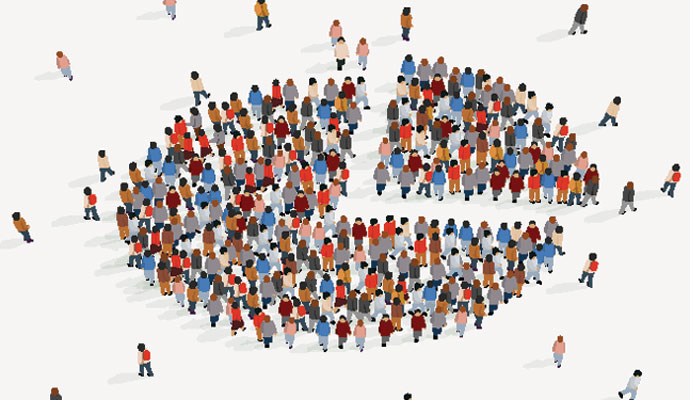The rapid spread of COVID-19 has resulted in data. Lots and lots of big data. Scientists from every sector of the healthcare industry are monitoring the virus and the spread of the disease. Increasingly, artificial intelligence, machine learning, mathematical modeling, and natural language processing are being used by researchers to gain a better understanding of the illness.
In an effort to learn more about the virus and its potential long-term effects, the University of Utah announced an investment of $1.3 million in seed grants for COVID-19 research. The Office of the Vice President for Research has partnered with the Immunology, Inflammation, and Infectious Disease (3i) Initiative. The seed grants will fund 56 cross-campus projects examining the characteristics of the pandemic.
Data analytics is at the core of this research. The range is vast. What will be the economic, environmental, physical, psychological, and social impact of COVID-19? The most immediate need has been to understand who is infected, how to treat the critically ill, and how to mitigate the spread.
In the race to develop better testing, treatment, and find a cure - data is being crunched by cutting-edge methods. Here are a few examples:
Machine Learning Tools Predict Impact of Quarantine of COVID-19

The Pentagon Will Use AI to Predict Panic Buying, COVID-19 Hotspots


A Master of Science in Business Analytics will teach you the necessary skills to enter the rapidly growing market for analytics and data science professionals. There has never been a better or more exciting time to enter this cutting-edge field or a better time to start your education at the David Eccles School of Business.


